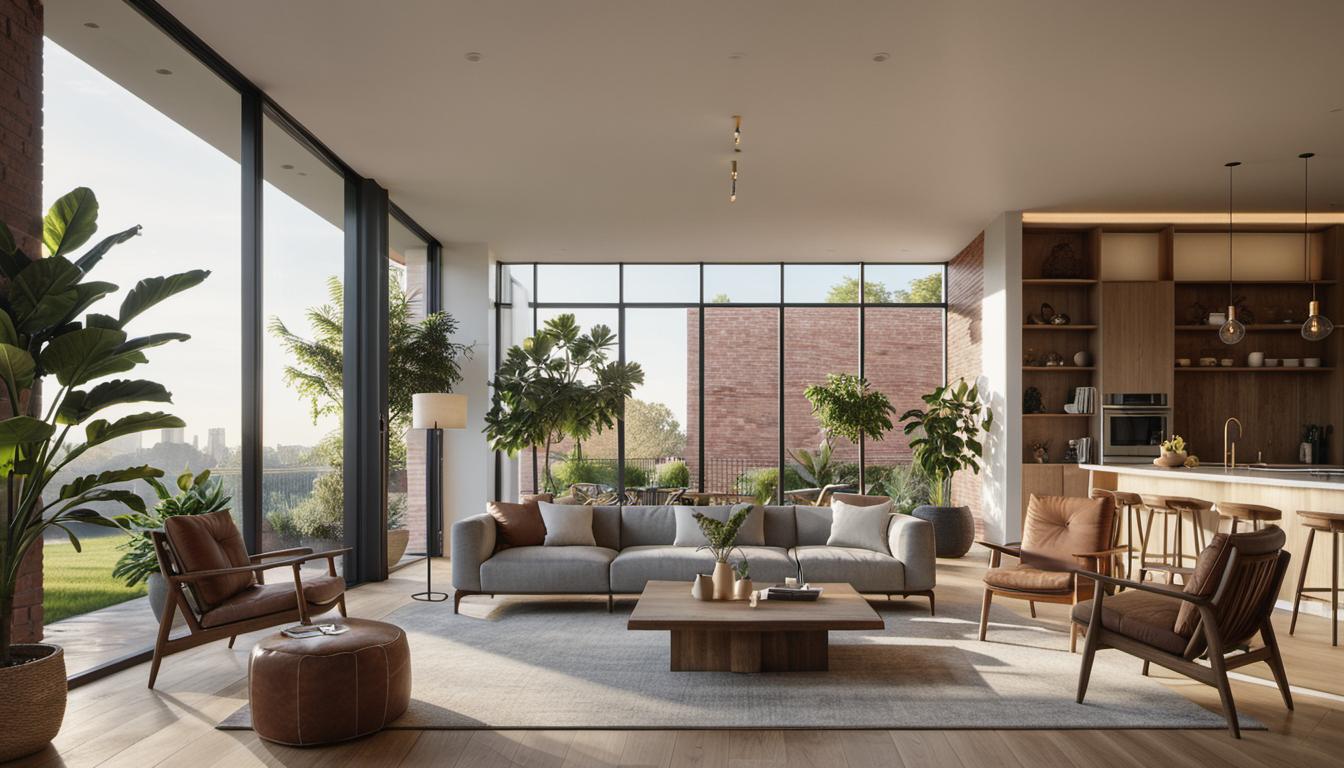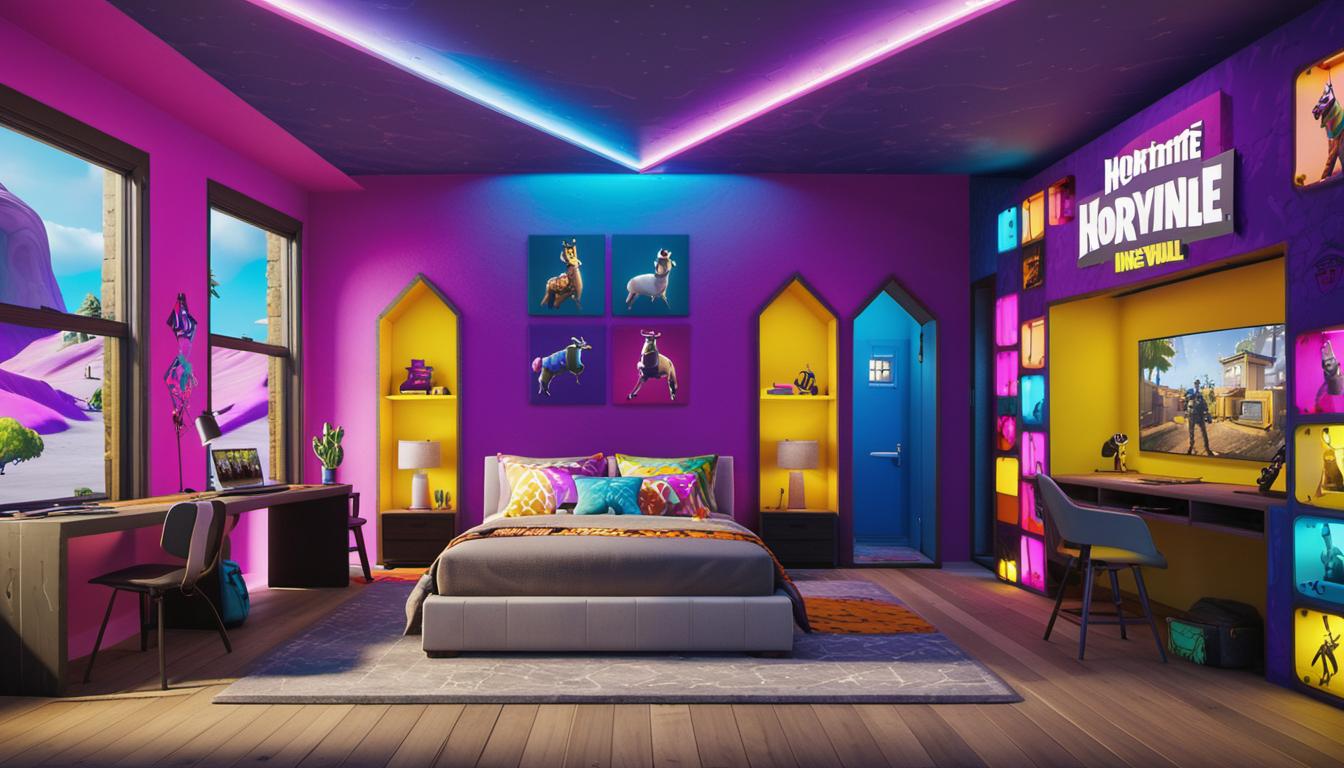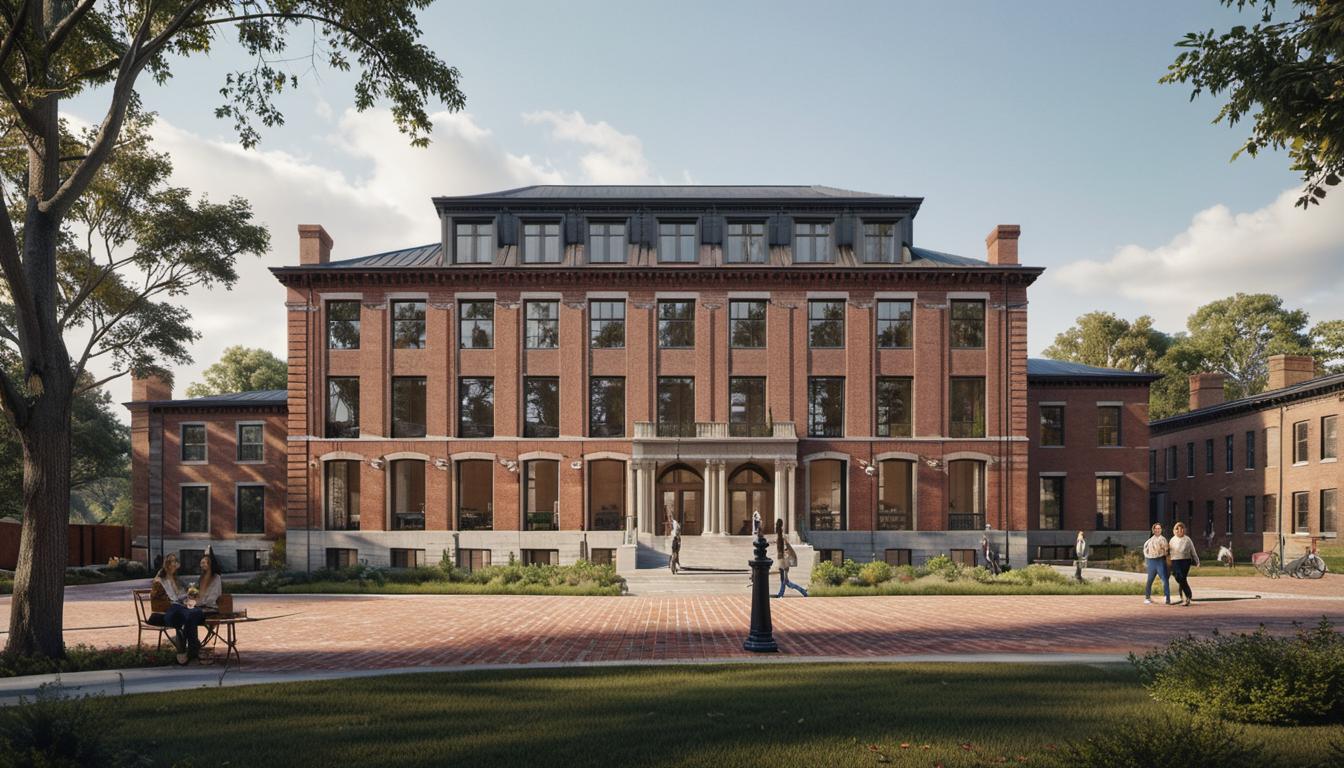Introduction to 3D Rendering
3D rendering has become a crucial tool for various industries, acting as the process of creating a two-dimensional image or animation from a pre-designed 3D scene. It mimics the way we take photos or film scenes in real life. This fast, efficient, cost-effective, and versatile tool has helped transform architecture, interior design, real estate, and many more sectors.
First conceived by pioneers like Ivan Sutherland, Ed Catmull, and Martin Newell, 3D rendering has come a long way since its inception. As the tool evolved, so did the techniques involved in creating realistic images. It has become a staple process across industries, improving product presentations, concept visualizations, and marketing efforts.
Process of 3D Rendering
The 3D rendering process begins with the concept phase, where clients share their vision with the 3D artist. Once the concept is clear and well-understood, the creation of a 3D model begins, followed by detailed rendering to add layers of realism to the model. This step-by-step process ensures that client satisfaction is achieved, with multiple reviews and revisions until the final product meets the desired expectations.
Different Methods of 3D Rendering
The creativity and versatility offered by 3D rendering are a result of the various methods used. These include non-realistic wireframe rendering, polygon-based rendering, scanline rendering, ray tracing, and radiosity. Deciding on a method depends on the needs of the project, as each method has its unique strengths and applications.
3D Rendering for Interactive Media and Non-interactive Media
3D rendering has significant uses in both interactive and non-interactive media. Real-time rendering is commonly used in video games and simulations where immediate interactivity is required. On the other hand, non-real-time rendering is typically used for films and videos, where high-quality visuals are prioritized over rendering speed.
Importance of 3D Rendering in Architecture and Interior Design
Within the realm of architecture and interior design, 3D rendering plays an indispensable role. The tool allows professionals to visualize exterior and interior designs, providing clients with a clear understanding of the proposed plan. Whether used for residential or commercial projects, 3D rendering can assist in highlighting potential issues early on and facilitate efficient planning.
Implication of 3D Rendering in Real Estate
In the real estate industry, 3D rendering has catalyzed a new way of conducting property tours and designing remodeling plans. Virtual tours powered by 3D renderings enable potential buyers to remotely tour properties, aiding decision-making without physical presence at the site. The tool also simplifies the process of visualizing home staging and remodeling plans, reducing the time and costs involved in physical setups.
3D Rendering in Product Development
Product development also benefits greatly from 3D rendering. 3D renditions of new products allow manufacturers to visualize sellable concepts and spot potential design issues before investing in prototypes. This mitigates risks and optimizes the manufacturing process, saving valuable time, and resources.
FAQs
| Questions | Answers |
|---|---|
|
What is the significance of 3D rendering in various industries? |
3D rendering helps visualize concepts, products, and spaces across industries like architecture, interior design, and real estate, saving time and resources, and enhancing decision-making processes. |
|
Which are the common methods used in 3D rendering? |
Common methods include wireframe rendering, polygon-based rendering, scanline rendering, ray tracing, and radiosity, each with its own specific applications and benefits. |
|
How does the 3D rendering process work in architectural design? |
In architectural design, 3D rendering starts from the concept phase, followed by the creation of a 3D model. The model is then detailed, and multiple reviews and revisions are made until the client is satisfied. |
|
What techniques are used to achieve photorealistic effects in 3D rendering? |
Techniques such as ray tracing, path tracing, photon mapping or radiosity are used to achieve photorealistic effects. These help to create natural occurring effects like rain, smoke, fog, dust and light focusing. |
|
What are the different types of architectural rendering and their purposes? |
Architectural rendering can be exterior or interior, and further classified by type of building: residential and commercial. It helps architects secure stakeholders’ agreement and support, pass impact assessment, and save a lot of time and effort. |






